
Lymphomas are divided into two groups of neoplasms - non-Hodgkin lymphoma and Hodgkin disease. The former comprises about 85% of the cases of this condition. Diagnosis of this disease mainly occurs in the sixth decade of life. NHL includes many subtypes, each with varying etiologies and features. Treatment of the disease varies depending of stage, grade, type and various factors relevant to the patient.
Types
With aggressive stage I and contiguous stage II problems, the normal treatment option for patients with intermediate-level NHL is combination chemotherapy. Those who do undergo chemotherapy or radiation therapy are seen to have significantly better progression-free survival rates.
As for aggressive noncontiguous stage II, III and IV NHL, around half of these types of patients are cured with standard therapy. About 40% of patients will suffer a relapse of the condition. There are systems that exist that will help to estimate the response rate or survival rate of a particular patient. For a long time, this type of lymphoma was treated with chemotherapy and the administration of various types of medication.
Medications and other treatment
Medications that are used in the treatment of these conditions include Prednisone, leucovorin, methrotrexate, Oncovin, bleomycin, cytarabine, Adriamycin, etoposide, cyclophosphamide and doxorubicin. Another method of treatment involves the use of the hyper-CVAD method. This involves cyclophosphamide, vincristine, doxorubicin and dexamethasone, along with rituximab. This has shown itself to be effective with regard to remission in patients with mantle cell lymphoma. This is normally used in patients with good performance status.
These medications, when used in various combinations (ProMACE-CytaBOM, m-BACOD and MACOP-B) have been proven to be more toxic than the standard CHOP regimen. These combinations are often used in some subtypes of NHL, such as primary mediastinal large B-cell NHL. Treatment of aggressive lymphomas has been changed by the development of rituximab.
Rituximab and chemotherapy
The GELA study has indicated the efficiency of combining rituximab with standard doses of CHOP chemotherapy. The results of the study seemed to be backed up by other international studies.
Patients who were studied were randomized to receive either rituximab plus chemotherapy or standard chemotherapy alone. The former increased overall survival by up to 95% when compared to the latter. This mode of treatment also resulted in significant improvement over time.
CNS prophylaxis
Additionally, CNS prophylaxis is recommended for patients with paranasal sinus or testicular involvement. Treatment of acute lymphoblastic lymphoma normally follows a similar pattern to acute lymphoblastic leukemia therapy.





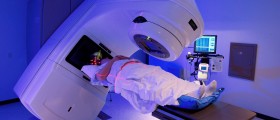
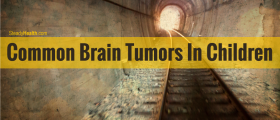
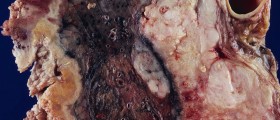


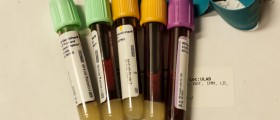
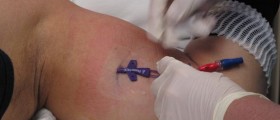


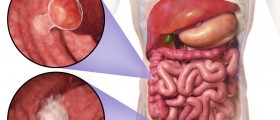
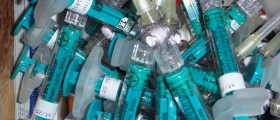

Your thoughts on this
Loading...